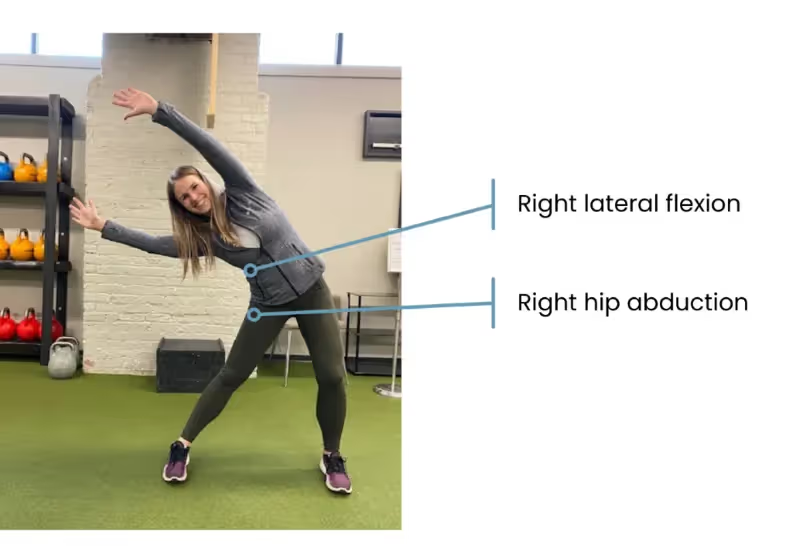In part one of our three-part series highlighting the fundamentals of golf mechanics, we focused on the relative demand of motion at each major joint as well as the movement patterns involved in golf swing mechanics. The exercises shown targeted mobility at each of the major joints. As you have had a chance to work through these exercises, you may have noticed specific restrictions in your own body. In part two, we address these restrictions while also emphasizing the development of strength and stability to support a proper golf swing. The golf swing is a unique pattern in a three-dimensional plane of motion. These three planes of motion are the sagittal plane, frontal plane, and transverse plane. The following exercises enhance mobility in each plane of motion and build stability to help maintain posture and control required for superior golf performance.
Sagittal plane lunge
The sagittal plane is movement forward and backward. The lunge pattern in this plane will increase hip flexion and extension as well as trunk extension and flexion.
- Lunge forward with your left leg. Pair with overhead trunk extension of the arms. This will increase relative right hip extension. First, complete the lunge slowly and with control to achieve full range of motion.

- Lunge backward with your left leg and pair the forward trunk flexion with flexion of the arms. This lunge will increase relative right hip flexion. First, complete the lunge slowly and with control to achieve full range of motion.

- To create more dynamic stability, add speed and only tap the toe during the lunge.

*Complete 10 repetitions in each of the three lunge patterns above then switch and complete on the right leg.
Frontal plane lunge
The frontal plane is movement in the lateral direction. The lunge pattern in this plane will increase hip abduction and adduction of the hip while increasing trunk lateral flexion to the left and right.
- Lunge laterally with the left leg. Pair with an overhead arm lateral side bend to the right. This increases right hip abduction and spinal lateral flexion. First, complete the lunge slowly and with control to achieve full range of motion.

- Take the left leg and lunge across the body while simultaneously bringing the arms overhead and swing to the left. This increases right hip adduction and left side bend.

- First, complete the lunge slowly and with control to achieve full range of motion. To create more dynamic stability, add speed and only complete a toe touch tap.

*Complete 10 repetitions in each of the three lunge patterns above then switch and complete on the right leg.
Transverse plane lunge
The transverse plane is movement in a rotational plane. The lunge pattern in this plane will increase hip external rotation and internal rotation of the lower body while increasing both right and left trunk rotation.
- Lunge rotationally with your right foot. Pair with horizontal right trunk rotation. This promotes left hip external rotation and right trunk rotation. At first, complete the lunge slow and controlled to achieve end range of motion.

- Lunge rotationally across your body with your right leg and pair your arms with horizontal left trunk rotation. This promotes left hip internal rotation and left trunk rotation.

- At first, complete the lunge pattern slow and controlled to achieve end range of motion. To create more dynamic stability, add speed and only complete a toe tap.

*Complete 10 repetitions in each of the three lunge patterns above then switch and complete on the right leg.
Make sure to fully move your pelvis and shift your weight to simulate a golf swing while completing these lunge patterns. These movements can be completed before a round of golf and included in your golf-specific strength training program.
If you have questions about specific joint restrictions or more individualized programming for your golf routine, please contact Avis (avis.jason@shiftlife.com) or Schedule Physical Therapy Appointment for an in-person assessment and an individualized plan of care.
In Real Health,
Avis Jason, PT, DPT
SHIFT Physical Therapist


.svg)
.svg)
.svg)






